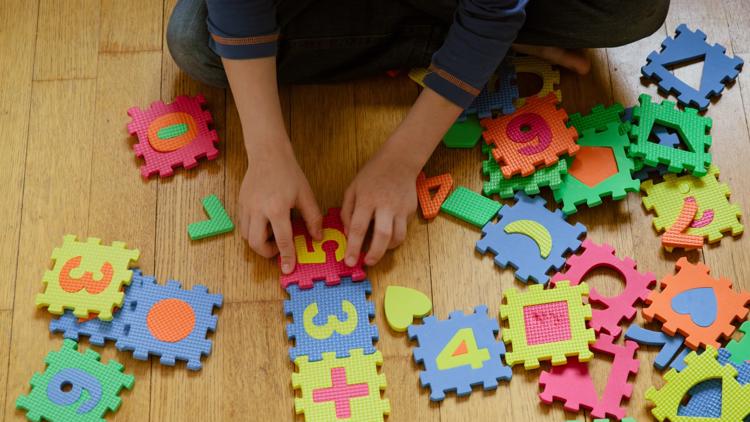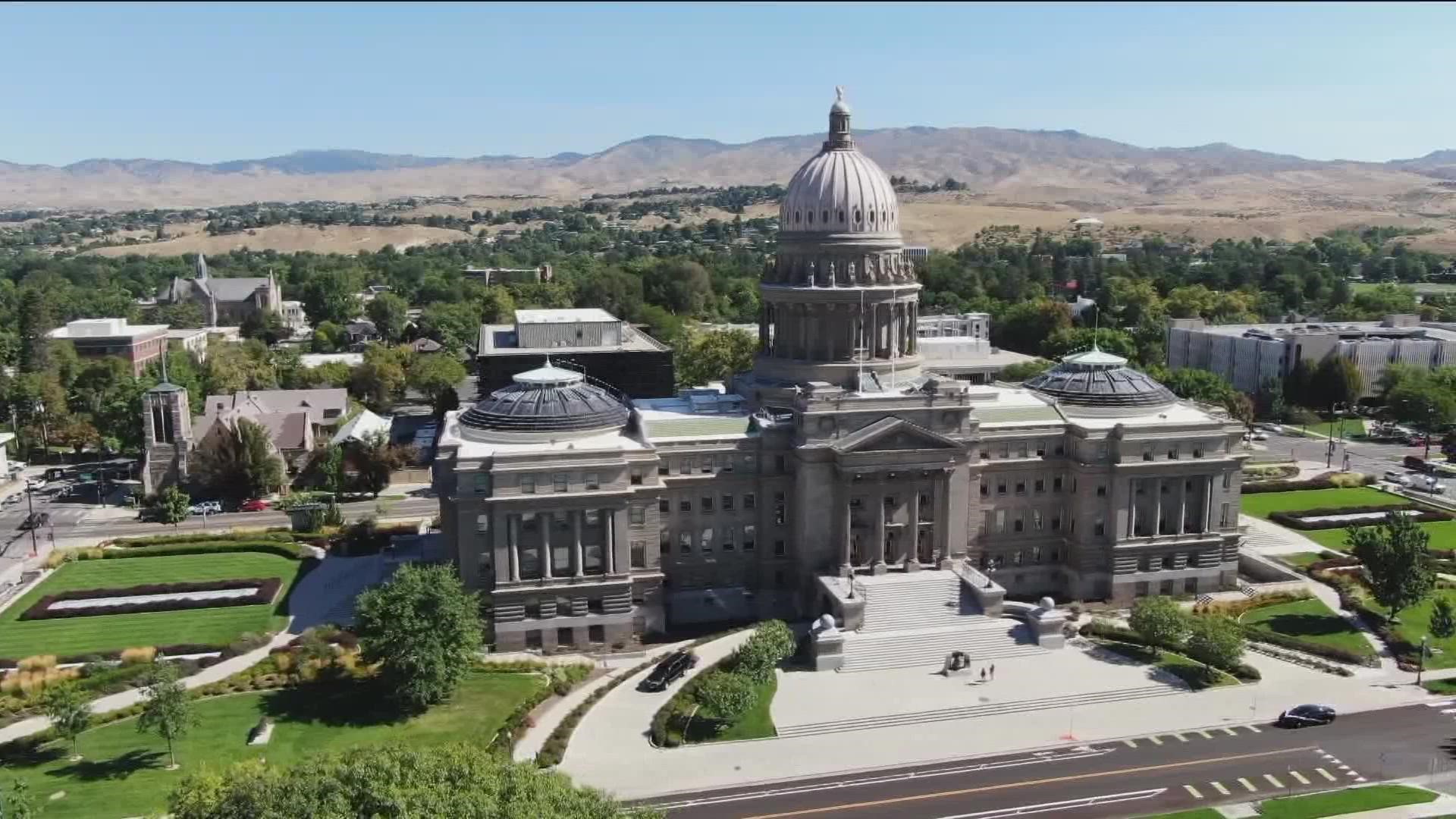BOISE, Idaho — This article originally appeared in the Idaho Press.
On the heels of a newly issued legislative performance audit raising questions about whether the state is complying with a constitutional requirement to “maintain adequate school building facilities across the state,” some state lawmakers are moving to make it harder to build a school in Idaho.
On Friday, over the objections of school superintendents, school boards, building contractors and more, a House committee voted 10-3 to advance a bill forbidding school districts from trying again to pass a school bond for 11 months if they fall short of the required 66.67% supermajority at the polls.
Rep. Heather Scott, R-Blanchard, the bill’s sponsor, said she wants to rein in “aggressive taxing districts” that she said are “trying to take advantage of the citizens.”
Among opponents speaking out against the bill was Quinn Perry, deputy director of the Idaho School Boards Association. On behalf of 500 elected school board members across the state, she told the House State Affairs Committee, “We have long advocated for other thoughtful discussions by this Legislature on the way that Idaho funds school facilities, because quite frankly the current methods are unsustainable.”
“However, this bill further impedes one of the only tools provided to school districts to fix old, dilapidated schools or build new ones due to community growth,” she said.
“We want to be partners with this Legislature in ensuring that our school buildings are a safe place for kids to go to school,” Perry told the lawmakers. “It’s my sincere hope that you’re also taking time to read the recently released report.”
She noted just some of its findings: That Idaho spends less per student on school facilities than all neighboring states, and ranks near the bottom nationally; and that it’s the only one among its neighboring states with a 2/3 supermajority required to pass a school construction bond.
The report was commissioned by the Joint Legislative Oversight Committee, a panel of lawmakers from both houses and both parties, and completed by the Legislature’s Office of Performance Evaluations. It stretches for 103 pages, including appendices, and includes some startling findings. Among them:
- It would cost an estimated $847 million to get all schools in the 77 of Idaho’s 115 school districts that responded to surveys for the report up to “good” condition. Nearly two-thirds of the school buildings in those 77 districts are currently in “fair” or “poor” condition.
- The Legislature last commissioned a statewide facility condition assessment of school buildings in 1993. At that time, needed repairs and upgrades were estimated at $699.5 million; that figure adjusted for inflation today would be $1.3 billion. The report called for a new statewide assessment.
- Current requirements for school districts to spend 2% of replacement value on building maintenance and upgrades fall short of industry standards; the National Council on School Facilities recommends 3% for maintenance and 4% for upgrades, for a total of 7%. Also, the state is using an outdated 13-year-old formula to calculate the 2%. “The state’s requirements do not reflect the actual building maintenance needs of districts,” the report found.
- State law requires school districts to submit 10-year building maintenance plans to the state, but only 30% submit them. Then, the report found, “The state does nothing with the submitted maintenance plans.” They currently go to the Office of School Safety and Security, which is in charge of security and safety, not building maintenance.
And there’s more, much more.
When the report was presented to the Joint Legislative Oversight Committee on Jan. 31, lawmakers on the joint committee were shocked. “This is really disconcerting,” said Rep. Caroline Nilsson Troy, R-Genesee.
Idaho has a long history on this topic, including nearly 20 years of drawn-out litigation that culminated in 2005, when the Idaho Supreme Court, in response to a lawsuit from a group of school districts, parents and students, declared the state’s school funding system unconstitutional because it left the full cost for school construction up to local property taxpayers, who must vote by a two-thirds supermajority to raise their own taxes in order to build a school. The Idaho Constitution charges the Legislature with providing for schools. The court ordered the Legislature to fix the problem, but didn’t say how.
Since then, lawmakers have imposed the 2% maintenance spending requirement; set up a partial bond levy matching fund for some disadvantaged school districts; created a little-used emergency loan program for unsafe buildings that included no-vote local property tax increases; and in 2006, shifted school operational funding from the property tax to the state general fund while raising the state sales tax from 5% to 6%. But the school districts that sued said the problem was never solved, and the court washed its hands of the case, saying it was up to lawmakers.
During the decades of litigation, the state lost repeatedly, but kept appealing. The Legislature even tried to pass a law in 2003 canceling the long-running lawsuit; it was overturned in court as unconstitutional.
Idaho state school Superintendent Sherri Ybarra, in her formal response to the new report, called a new statewide school facilities assessment “critically important,” and wrote, “The issues surrounding school facilities are of great concern across the state, especially in our rural communities.”
Gov. Brad Little called it a “thorough report,” and wrote, “This data will be a tool for lawmakers and me to make the most informed decisions possible on this important issue.”
Rakesh Mohan, director of the Office of Performance Evaluations, wrote, “Many school buildings need repair or replacement. We recommend that the Legislature consider commissioning a statewide facility condition assessment. The assessment would give the Legislature an accurate and complete picture of building conditions and identify schools with the most pressing needs. The Legislature and districts could then use this information to prioritize deferred maintenance, replacement, and construction of additional schools.”
This article originally appeared in the Idaho Press, read more on IdahoPress.com.
Watch more Local News:
See the latest news from around the Treasure Valley and the Gem State in our YouTube playlist:



